Australia is one of only seven countries outside the European Union that has updated it’s 2030 national renewable target with an 18 GW boost since the 2023 COP28 global tripling pledge.
A new report by United Kingdom energy retailer and technology company Ember Energy called What’s new with national renewable targets? Not Much!, finds the majority of countries who committed to tripling their renewable capacity, haven’t taken appropriate steps to do so.
The report represents 96 countries and the EU as a bloc, which represent 97% of the global renewable capacity, 96% of electricity sector demand and 96% of power sector emissions as of 2024.
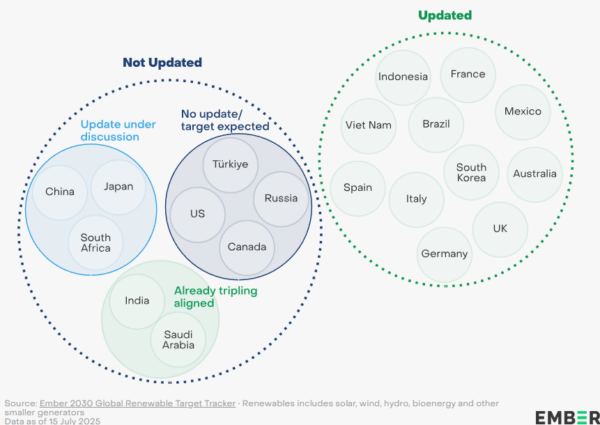
Image: Ember
Australia’s target of 82% renewable electricity by 2030 is above the 60% global share set out in the International Energy Agency (IEA) Net Zero Emissions scenario, the report finds, but highlights that Australia’s fossil fuel reliance was still high in 2024 (65% of electricity, with 46% from coal).
Consequently, emissions per capita were three times the global average, the report finds, and the second highest in the Group of Twenty (G20).
Despite increases in 2024 of solar and wind generation, the report notes Australia’s increase in fossil fuel generation rose, after six years of decline, due, the report says, to unusual weather conditions and increased demand.
Despite the progress and ambitious target, the report calls for swift implementation and more action to fully align with the global tripling goal and the 1.50C pathway.

Image: Ember
According to Embers’ 2030 Global Renewable Target Tracker, Australia is projected to have 63 GW of solar, 50 GW of wind, and 7.3 GW of hydro, bio and other renewable capacity by 2030.
“Australia would reach 85% of renewables in its electricity generation in 2030 per it’s implicit target,” the tracker says.
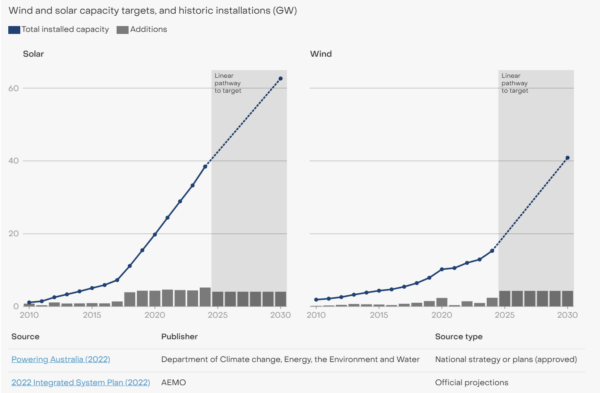
Australia wind and solar capacity targets vs historic installationsSince COP28, Ember’s analysis shows that aggregate 2030 renewables capacity targets have increased marginally — from 7,238 GW to 7,380 GW — a rise of just 2%, but represents a 2.2-fold increase from 2022 levels, which served as the baseline for the tripling agreement.
Therefore, national ambition remains aligned with a doubling, rather than a tripling of renewable capacity, with the difference between the global sum of national targets at COP28 and July 2025, ahead of COP30, is a net increase of just 142 GW.
The gap to reaching the tripling goal remains nearly unchanged at about 3,700 GW, similar to what it was when the pledge was made at COP28.
Australia developed the Powering Australia Plan to lay out action plans and budgets to ensure job creation and energy affordability for the country, following the establishment of a net-zero by 2050 target in 2021.
This content is protected by copyright and may not be reused. If you want to cooperate with us and would like to reuse some of our content, please contact: editors@pv-magazine.com.
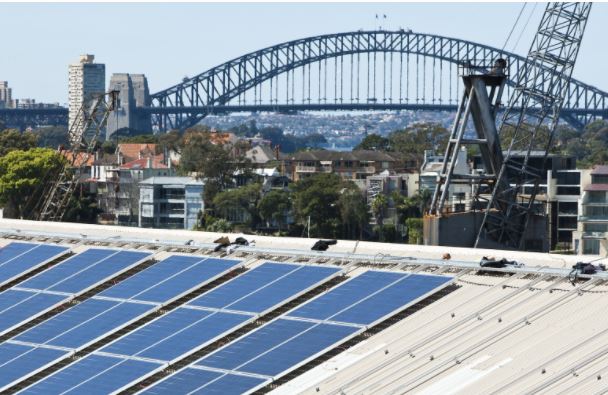
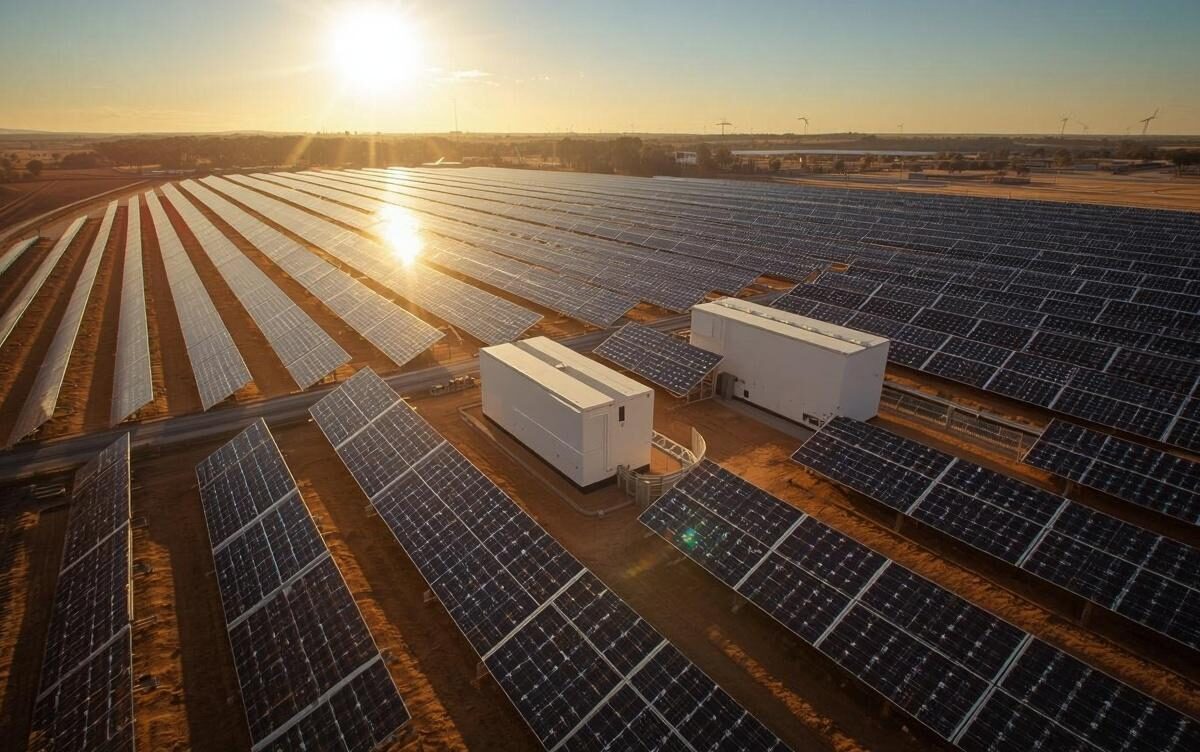


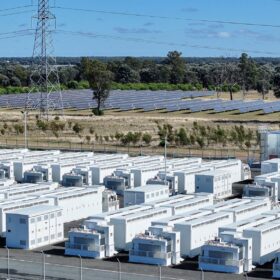
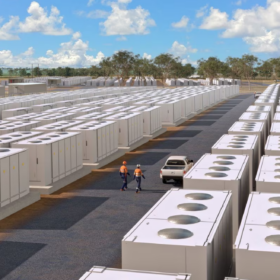
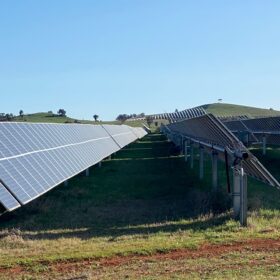
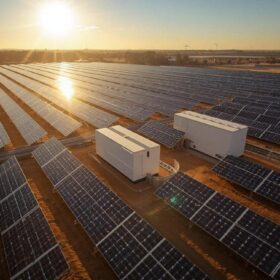
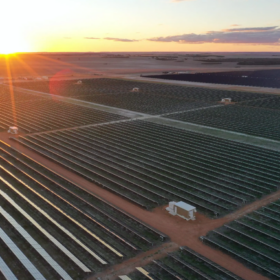
By submitting this form you agree to pv magazine using your data for the purposes of publishing your comment.
Your personal data will only be disclosed or otherwise transmitted to third parties for the purposes of spam filtering or if this is necessary for technical maintenance of the website. Any other transfer to third parties will not take place unless this is justified on the basis of applicable data protection regulations or if pv magazine is legally obliged to do so.
You may revoke this consent at any time with effect for the future, in which case your personal data will be deleted immediately. Otherwise, your data will be deleted if pv magazine has processed your request or the purpose of data storage is fulfilled.
Further information on data privacy can be found in our Data Protection Policy.